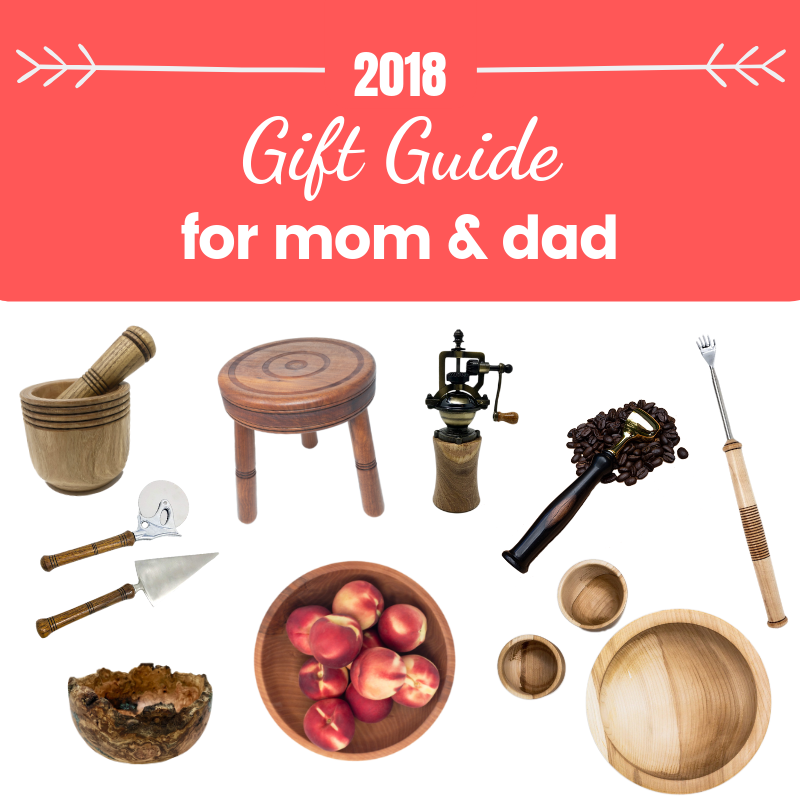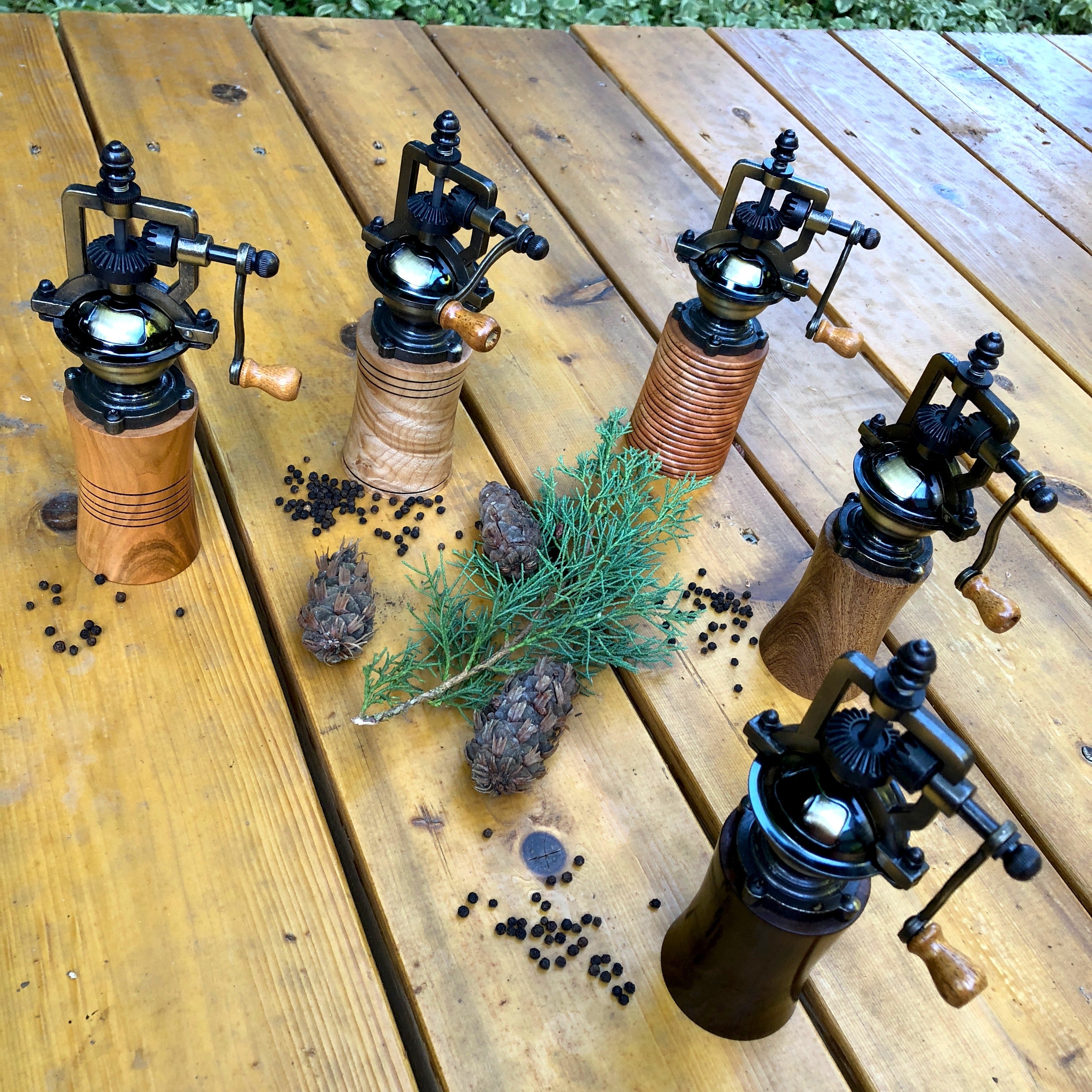Ask a Mentor. Solve your woodturning problems.
I’m having trouble with torn and coarse grain in some of my turnings. Sometimes it’s so bad I can’t even sand it out. How can I fix this?
This is a not uncommon situation in softer woods, and I would guess that you are experiencing this most often with Big Leaf Maple or with spalted woods like Chestnut and Elm. This situation is especially bad when working with highly figured woods with “fiddle-back”, “quilting” or “blister” grain. This “figure” we see is the result of stress the tree experienced, which caused the grain to change direction. Instead of growing in a verticle plane, it suddenly started going to the outside. In effect, when you turn, the grain suddenly goes from “face grain” to “end grain”.
There are a number of ways to deal with this; scraping and aggressive sanding is the last resort.
1) Lubrication
Oddly enough, quite often this problem goes away if you apply some paste wax to the problem area and re-sharpen your tool. The wax lubricates the wood, allowing the tool to more easily slide across the wood and shear the fibers. It is also important to not put pressure against the wood. Pressure is always on the tool rest, and allow the tool bevel to glide across the wood.
2) Strengthen
On occasion, the fibers are just too weak, and will have a tendency to break off before they can be sheared off. You can give them more strength (or stiffness) by applying a thin coat of shellac or lacquer (your good friend Deft). You can also use thin C.A. glue to good effect. Another way to deal with this is to cut in the other direction. It is common when turning to always cut “downhill”: from a greater diameter (the rim) to a smaller diameter (the foot). But this means that the fibers ahead of the cutting edge are unsupported and have a tendency to tear or “peck” out. We solve this problem by cutting “uphill”, from the smaller diameter to the greater. This technique can have surprising results: now the fibers ahead of the cutting edge are supported and will shear off.
3) Shear cut
Still not working? OK, let’s try an advanced cutting technique called “shear cutting” with the gouge. You need to have a “fingernail” profile on your gouge and it has to be razor sharp. You will treat the cutting edge as if the tool were a skew.
WARNING: NEVER EVER USE A SKEW ON A FACE GRAIN BOWL.
You are going to be cutting uphill; adjust the tool rest to accommodate this movement. Hold the tool almost verticle, the handle end against your leg, with the bevel of the long edge riding on the wood. Pressure is against the tool rest NOT against the wood. If the bevel is not against the wood then you are scraping and this can become suddenly quite dangerous and aggressive. Done properly, the shavings are amazingly thin and an incredibly smooth surface is left behind. This is a cutting technique that may take some practice, but when you have it down, it is like magic.




16 comments
Muchas gracias. ?Como puedo iniciar sesion?